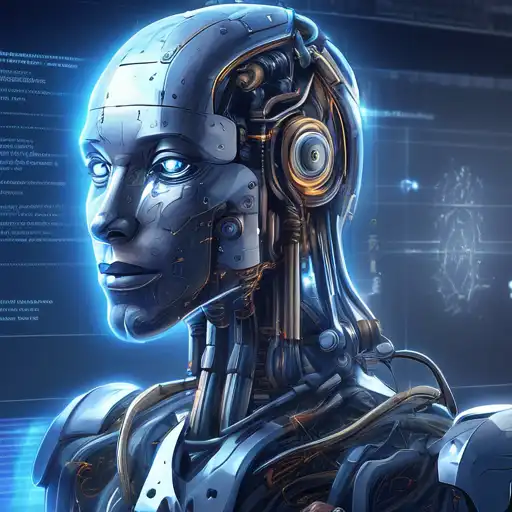Introduction to AI Myths
Artificial Intelligence (AI) is a rapidly evolving field that has captured the imagination of many. However, with its growth, numerous myths and misconceptions have emerged, especially among beginners. This article aims to debunk some of the most common AI myths, providing a clearer understanding of what AI truly is and isn't.
Myth 1: AI Can Think and Feel Like Humans
One of the most pervasive myths is that AI possesses consciousness or emotions similar to humans. In reality, AI operates based on algorithms and data inputs. It doesn't have consciousness or feelings. AI can simulate certain aspects of human thought processes, but it doesn't experience them.
Myth 2: AI Will Replace All Human Jobs
While AI is transforming the job market, the idea that it will replace all human jobs is an exaggeration. AI is more likely to automate repetitive tasks, allowing humans to focus on creative and strategic roles. The future of work with AI is about collaboration, not replacement.
Myth 3: AI Is Infallible
Another common misconception is that AI is always correct. However, AI systems are only as good as the data they're trained on. Biases in data can lead to biased AI decisions. Understanding the limitations of AI is crucial for its effective use.
Myth 4: AI Development Is Only for Tech Giants
Many believe that AI development is exclusive to large tech companies. However, the democratization of AI tools and resources has made it accessible to startups and individuals. With the right knowledge, anyone can start exploring AI.
How to Start Learning AI
For those interested in AI, numerous resources are available. Online courses, tutorials, and community forums can provide a solid foundation. Starting with basic programming and machine learning concepts is a great way to dive into the world of AI.
Conclusion
Understanding the realities of AI is essential for beginners. By debunking these myths, we can approach AI with a more informed and realistic perspective. AI offers incredible opportunities, but it's important to recognize its limitations and potential.
For more insights into technology and AI, explore our technology section.
